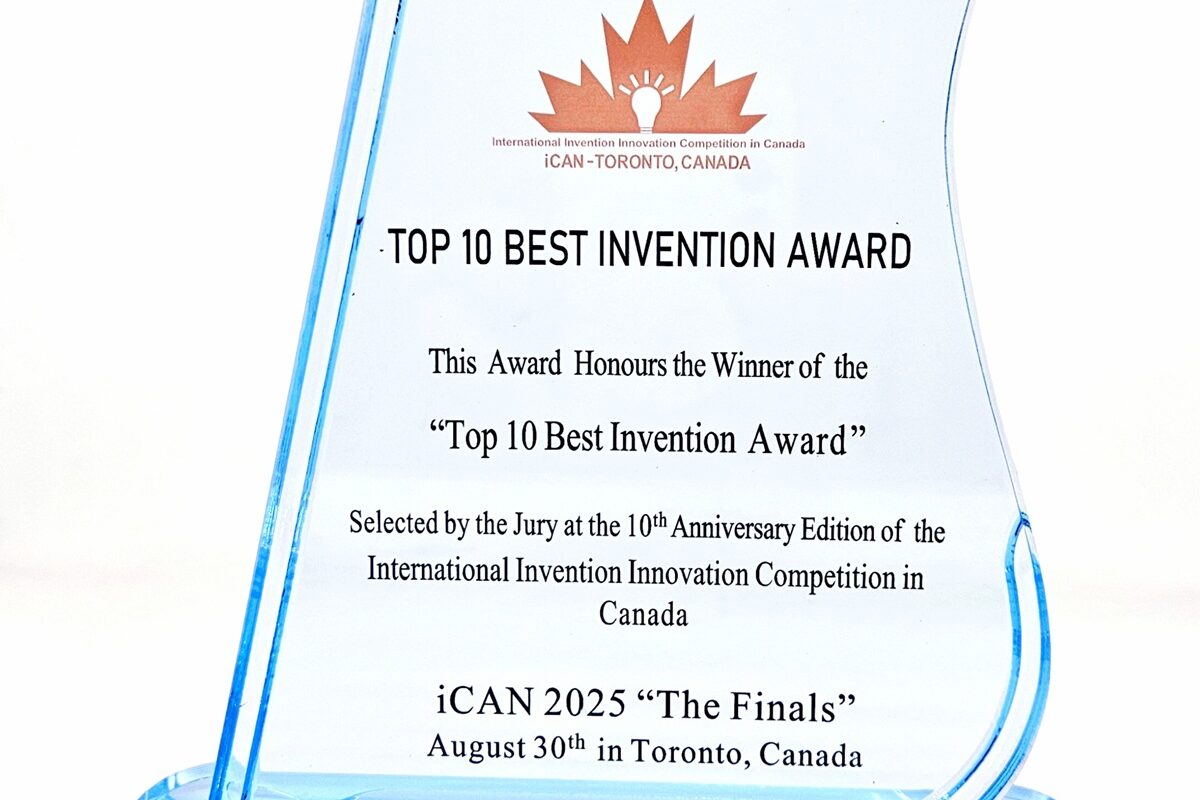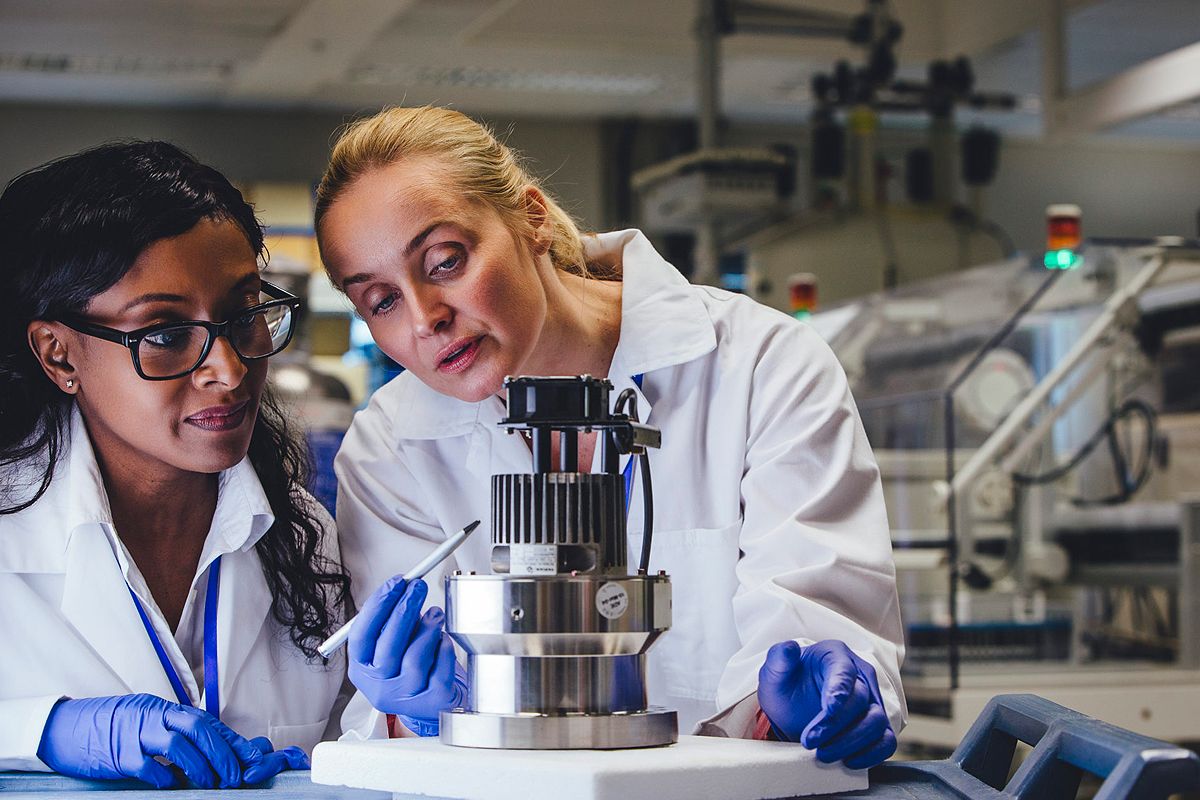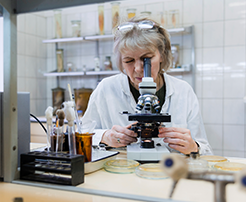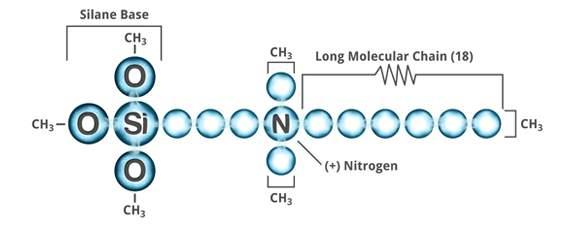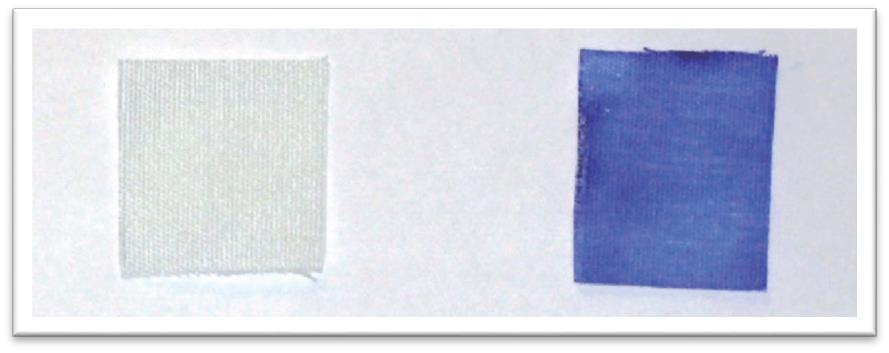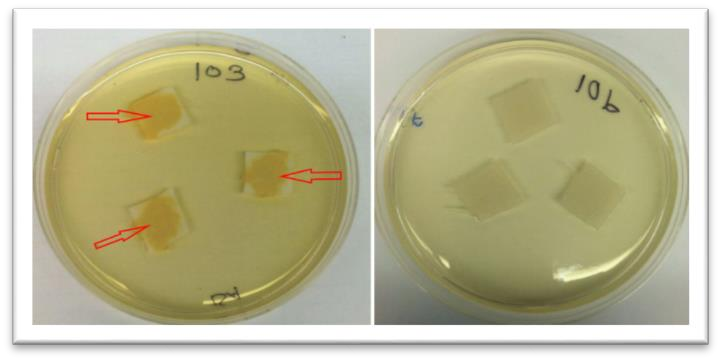SPEL New Zealand Limited has captured global recognition at the 10th International Invention Innovation Competition in Canada (iCAN 2025), held in Toronto on August 30. The company’s breakthrough product, SPEL SP-38 Antimicrobial and Antiseptics for Vagina Care (HPV Support), was awarded both the Gold Medal and the Top 10 Best Invention Award for its pioneering approach to intimate health and HPV-related hygiene.
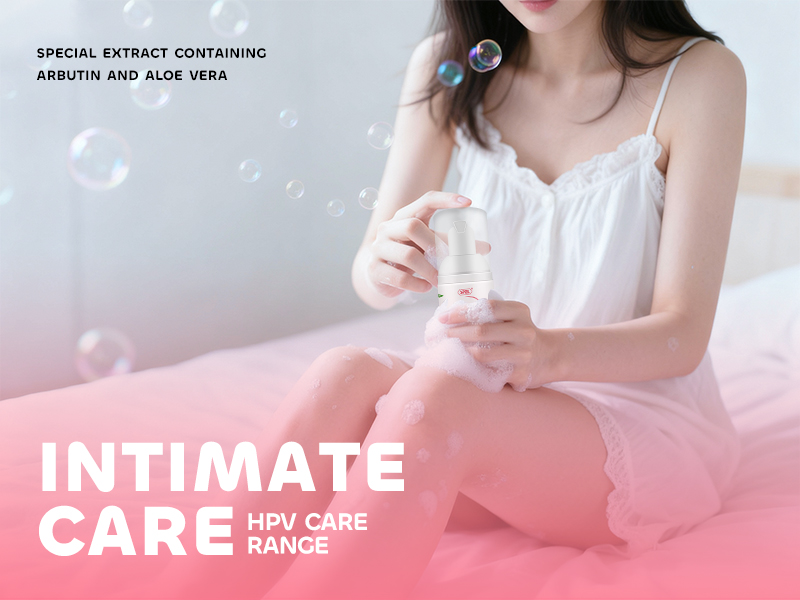
Designed specifically for women’s intimate care, SP-38 is a non-toxic, broad-spectrum antimicrobial that physically disrupts bacterial and viral membranes on contact, providing sustained protection without antibiotics or harsh chemicals. Independent laboratory tests confirm rapid activity against common pathogens, including HPV, Staphylococcus aureus, Candida albicans and E. coli, while maintaining the natural pH and micro-flora balance of intimate skin.

“SP-38 was born from a simple mission: offer women a science-backed, gentle solution that supports the body’s defenses during HPV episodes and everyday life,” said Dr. Yang Fong (Richard), Chief Scientific Officer of SPEL. “Receiving the Gold Medal and a place among the Top 10 Best Inventions at iCAN 2025 validates years of R&D and underscores our commitment to non-resistance-forming antimicrobial technologies.”
The judging panel at iCAN—one of the world’s largest open innovation forums—praised SP-38 for its dual-action efficacy, clean formulation and clear commercial pathway. The product is already undergoing regulatory clearance in several Asia-Pacific markets, with roll-out to clinics and pharmacies planned for Q1 2026.
SPEL SP-38 is manufactured in New Zealand under ISO 13485 standards and is free from parabens, alcohol, chlorhexidine and fragrances, making it suitable for daily or post-procedural care. Early user surveys report a 96 % satisfaction rate, citing reduced irritation, odor and discharge after seven days of use.
About SPEL New Zealand Limited
SPEL New Zealand Limited is a science-driven hygiene and antimicrobial solutions company committed to advancing public health through innovative technologies. Founded on a strong foundation of research and development, SPEL specializes in physical-action antimicrobial technologies that effectively inhibit the growth of harmful microbes without contributing to drug resistance. This unique approach distinguishes SPEL in the global market, addressing critical health challenges while promoting sustainable and responsible antimicrobial use.
With expertise spanning multiple industries, SPEL’s cutting-edge solutions enhance hygiene and safety across medical, textile, and consumer product sectors. Their technologies are designed to protect human health by providing long-lasting antimicrobial protection, helping to reduce the spread of infections and improve overall quality of life.
Headquartered in New Zealand, SPEL exports its innovative products to over 20 countries worldwide, demonstrating a significant global footprint and commitment to making a positive impact internationally. Through ongoing research, collaboration, and a dedication to scientific excellence, SPEL continues to lead the way in developing effective, safe, and environmentally responsible antimicrobial solutions.

